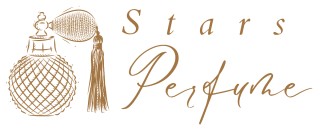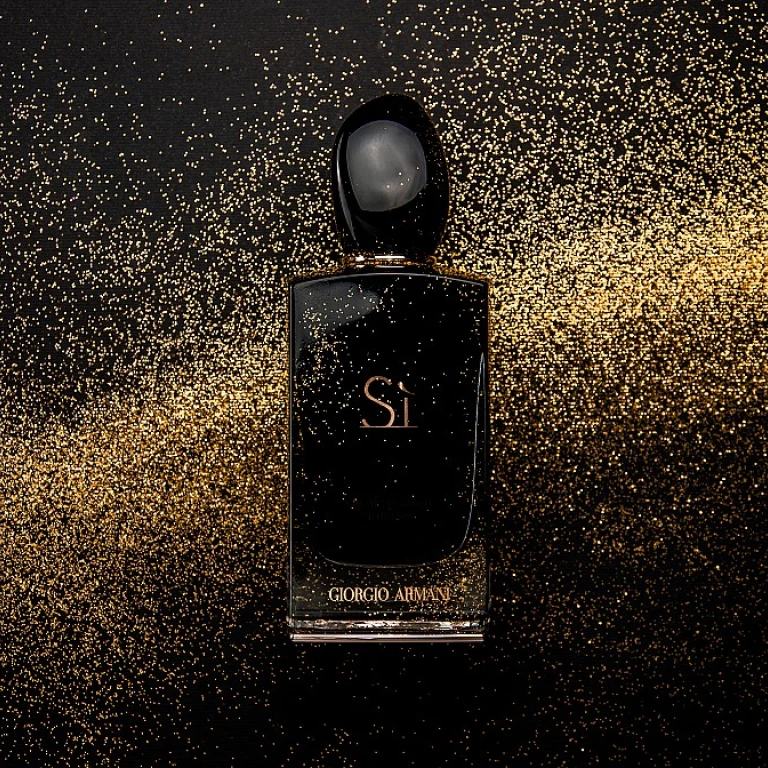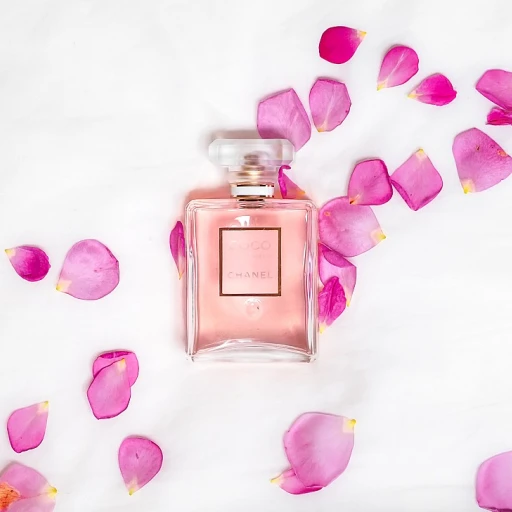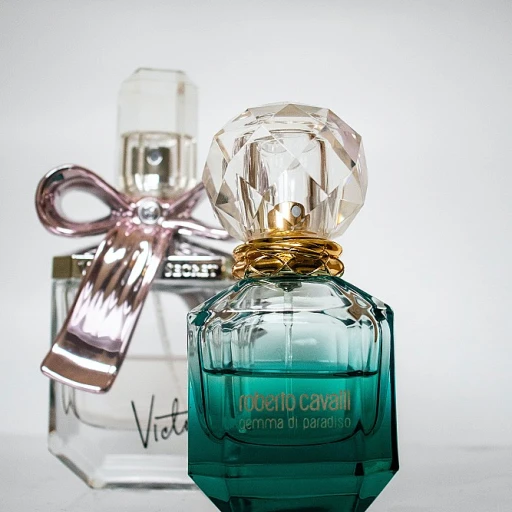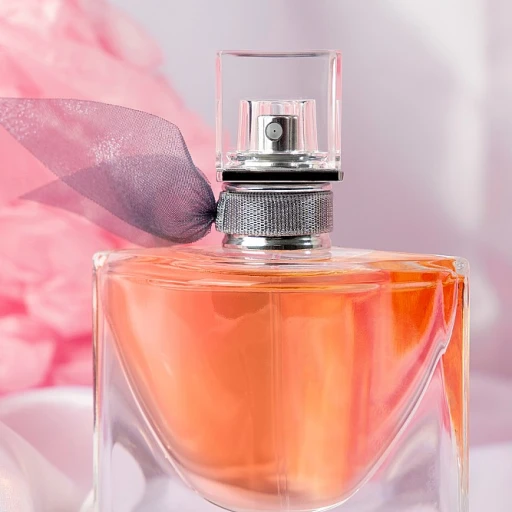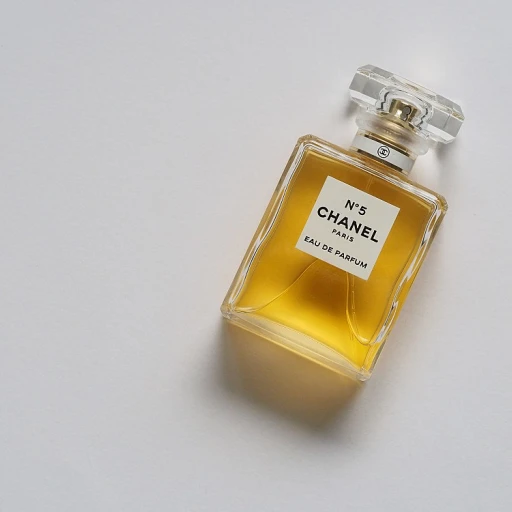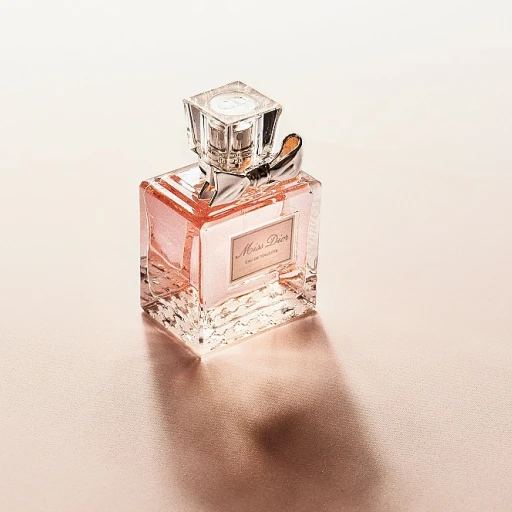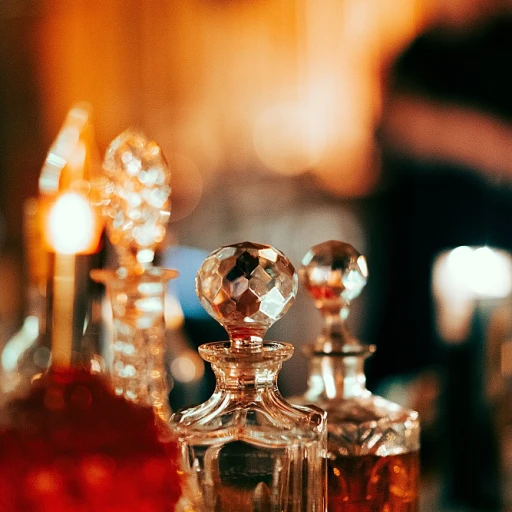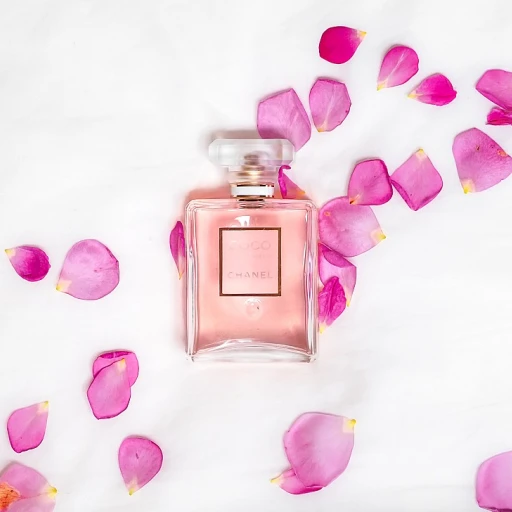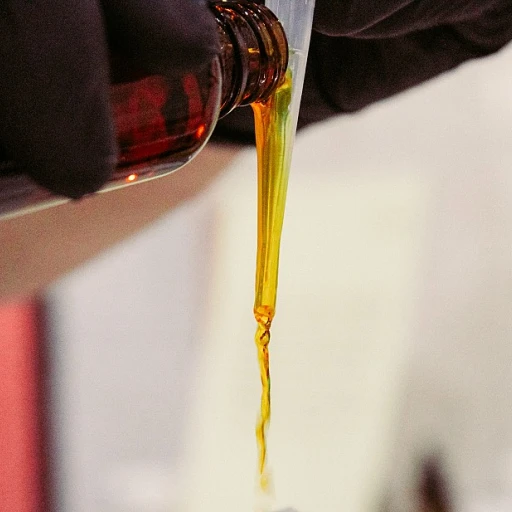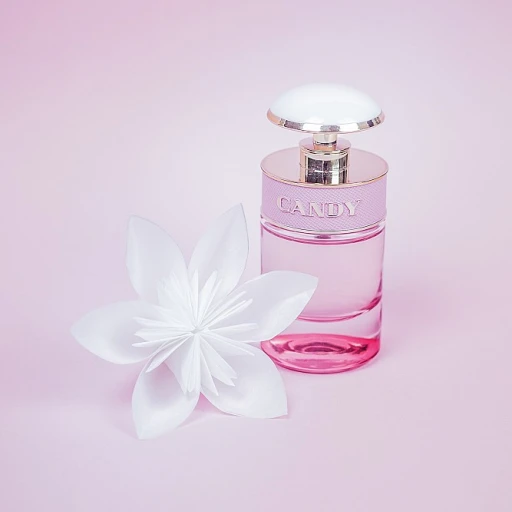
Understanding Perfume Concentrations
Decoding the Essence of Perfume Concentrations
Understanding the concentration of a perfume is crucial in selecting the right fragrance for your needs. Perfume concentrations determine the intensity and longevity of the scent, influencing how long it will last on your skin. The concentration of fragrance oils in a perfume is a key factor that differentiates various types of perfumes, such as eau de parfum, eau de toilette, and eau de cologne.
Here's a breakdown of the different types of perfume concentrations:
- Parfum (Extrait de Parfum): With the highest concentration of fragrance oils, typically between 20-30%, parfum offers a rich and long-lasting scent that can last for up to 24 hours. It's ideal for those who prefer a strong and enduring fragrance.
- Eau de Parfum (EDP): This concentration contains about 15-20% fragrance oils, providing a balanced scent that lasts for 6-8 hours. Eau de parfum is a popular choice for both day and evening wear.
- Eau de Toilette (EDT): With a lighter concentration of 5-15% fragrance oils, eau de toilette is perfect for a refreshing scent that lasts for 3-5 hours. It's often favored for daytime use.
- Eau de Cologne (EDC): Known for its light and fresh scent, eau de cologne contains 2-4% fragrance oils, making it suitable for a quick refresh that lasts for about 2 hours.
- Eau Fraiche: Similar to eau de cologne, eau fraiche has a low concentration of fragrance oils, usually around 1-3%, but it includes more water, offering a subtle scent that is perfect for a light, all-day fragrance.
Each concentration serves a different purpose, catering to various preferences and occasions. Whether you're looking for a signature scent that lasts all day or a light fragrance for a casual outing, understanding these concentrations can help you make an informed choice. For more insights on how different notes and fragrance families play a role in your perfume selection, explore the allure of woody floral perfumes.
The Art of Fragrance Families
The Structure of Fragrance Families
In the world of perfumes, understanding the art of fragrance families is key to enhancing your fragrance journey. Fragrance families categorize perfumes into groups based on their primary olfactory characteristics. This classification aides perfume enthusiasts in discovering scents that complement their personal taste and style. Understanding how scents influence our emotions can also guide the selection toward fragrances that resonate on a deeper level.
The intricate nature of fragrance families begins with broad types such as floral, oriental, woody, and fresh. Each category offers a distinctive aroma:
- Floral: Dominated by flower-based notes, these fragrances range from soft and romantic to bold and opulent.
- Oriental: Often characterized by their exotic, warm notes that originate from spices, resins, and sweet accords.
- Woody: Known for earthy aromas like cedar, sandalwood, and patchouli, these provide a sense of sophistication and depth.
- Fresh: Bright, clean, and uplifting, these often include citrus, water, or green notes.
Delving deeper into each family, one discovers subcategories and how the concentration of these notes influences the outcome. For instance, the balance between top notes and base notes can significantly alter the fragrance's evolution on your skin throughout the day.
The nuances across different fragrance families also affect the fragrance’s lifespan—how long it will last, how it projects, and how it feels when worn. Whether choosing an eau de toilette or parfum, the concentration of essential oils dictates these elements.
Exploring different perfume families allows for a more curated fragrance wardrobe, accommodating diverse preferences and occasions. This helps in selecting the right concentration from eau fraiche to perfume oils, ultimately enriching your scent experience.
Seasonal Scents: Choosing the Right Perfume for Every Season
Adapting Your Fragrance for the Seasons
Selecting a perfume that resonates with seasonal changes is not only a matter of preference but also an exercise in maximizing the potential of your chosen scent. With the shift in temperatures and humidity levels, certain fragrance types will shine, while others might not perform as intended.- Spring and Summer: As the days grow warmer, consider fragrances with lighter compositions like eau fraiche or body mist. These types of fragrance concentrations offer a refreshing and airy experience without overwhelming the senses. Eau de toilette and cologne are excellent choices to keep you feeling vibrant and energized during hours of outdoor activity. Citrus, florals, and fresh aquatic notes are top contenders to capture the essence of these vibrant seasons.
- Autumn and Winter: When the temperature drops, the skin tends to dry, which can influence how long fragrances last. During these months, perfume oils, eau de parfum, and extrait de parfum are preferred due to their higher concentration of perfume oils, ensuring the scent remains pronounced for hours. Heavier notes like spices, woods, and ambers create a cozy atmosphere that envelopes you in warmth.
The Delight of Seasonal Wardrobe Changes
Consider your fragrance wardrobe as an extension of your fashion, adapting it with the seasons as you would with clothing. By selecting perfumes that match the environmental and social context of each season, you ensure that your fragrance complements and elevates your personal style. For a more in-depth understanding of fragrance concentration, you may explore tailored content that delves into the nuances of perfume strength and suitability.The Role of Notes in Perfume Composition
The Science Behind Perfume Composition
Understanding the composition of perfume is fundamental to appreciating the olfactory nuances it offers. At the heart of every parfum lies a symphony of notes, each playing a crucial role in crafting the ultimate scent experience. These notes are classified into three layers: top notes, middle notes, and base notes. This layering contributes to the fragrance's depth and lasting power. Top notes are the initial impression of the perfume and typically include lighter, more volatile oils that evaporate quickly. Upon application, these scents are the first detected. Citrus, herbal, and aquatic fragrances are often found here, providing a fleeting fresh opening. Once the top notes dissipate, the middle notes, or "heart" notes, emerge. These are the core of the fragrance, adding body and richness to the eau. Examples include floral and spicy scents, enveloping the wearer in a more profound aromatic embrace. Then come the base notes, which anchor the parfum, contributing to its longevity. Woody, musk, or gourmand fragrances are common base notes that last for hours, revealing their complexity over time. Different types of fragrance concentrations will impact how these notes are perceived. For example, higher concentration perfume oils in a parfum eau may enhance the depth of base notes, while an eau fraiche might highlight the fresh crispness of top notes by reducing concentration fragrance. Exploring the art of fragrance families or even understanding seasonal preferences can further enrich one's personal fragrance journey. Whether selecting designer perfumes or niche offerings, the role of these distinct notes cannot be understated in the grand orchestra of scents.Niche vs. Designer Perfumes
Finding Your Fragrance Identity
When diving into the world of fragrances, one might wonder about the distinctions between niche and designer perfumes. The choice can often be influenced by personal taste, the occasion, and sometimes even the wearer’s mood. Furthermore, understanding the differences is essential to developing your signature scent, a vital counterpart to your identity.
Niche perfumes are often admired for their artistic expression and unique compositions. These are perfumed creations crafted by smaller, specialized houses, which focus on quality ingredients and original scent profiles. Niche fragrances usually boast higher concentrations of perfume oils and come with a price to match their exclusivity.
Designer perfumes, on the other hand, are created by well-known fashion brands and are generally more ubiquitous in the market. Typically found in department stores, these scents are often characterized by recognizable branding, alluring marketing, and a more accessible price range. They tend to be more versatile, appealing to a broader audience with their wide array of fragrance families.
As you explore these avenues, it's crucial to align your choice with your preferences. If you relish exclusivity and complex compositions, niche fragrances might be your best bet. On the contrary, if you're seeking reliability and versatility, designer perfumes are likely to be more fitting.
Regardless of your selection, pay attention to how the fragrance notes develop on your skin, emphasizing the importance of testing different alternatives. Both niche and designer perfumes offer a variety of options—whether to captivate during special occasions or establish a daily scent routine. The ultimate goal is to find the fragrance that resonates with you personally, enhancing your overall experience and potentially elevating your mood, confidence, or even the memories associated with particular scents.
Personalizing Your Fragrance Experience
Crafting a Unique Olfactory Identity
Personalizing your fragrance experience requires more than just selecting a pleasant scent from the shelf. It involves understanding your unique body chemistry, which can affect how perfumes with various notes and concentration levels unfold on your skin over hours.
To start:
- Identify your preferred fragrance family. This could involve sampling scents from different families such as oriental, aquatic, or woody perfumes. Each family offers distinct scent profiles that unfold with different top, middle, and base notes.
- Consider the seasonal suitability of various perfumes. Fragrances that feature lighter concentration levels, like eau fraiche or body mist, are perfect for summer, while heavier scents with more potent perfume oils might suit colder months.
- Experiment with varying fragrance concentrations like eau de toilette or parfum eau. These concentrations will influence the longevity and sillage—how far the scent moves in the air around you.
- Don't forget the effect of skin type. Both the perfume oils and your natural skin oils alter how a scent evolves.
Once you've explored the fragrance families and concentration levels that resonate with you, making a choice between niche and designer perfumes can offer additional layers of personalization. Niche perfumes may offer more unique compositions, while designer fragrances might provide familiar comfort.
Remember, fragrance is a deeply personal accessory, much like your wardrobe, and the way it wears over hours can become a reflection of your personal style. As part of this journey, do not hesitate to explore gift sets or travel sizes to find the perfect scents without committing to a full bottle.
